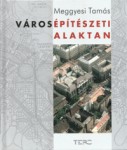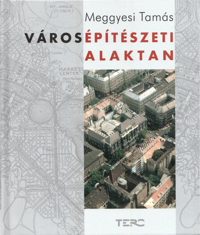Dr. TamûÀs Meggyesi: The Morphology of Civic Design

Although some 150 pages of the 1100-paged volume are devoted to modern times, this publication appears to be a static historic work compared to the dynamic world of its author. Another merit of his morphology is that it is not only urbanists that he addresses, but also young architects and students of architecture so that ãcivic design and its concepts should not make them feel strainedã when starting their practice. He underlines that city/architecture ãis not an independent genre, but an integral part of regional-urban development.ã
The morphology of civic design does not concern issues of the functions of an urban complex or their technical, organizational-structural, sociological, legal and infrastructural aspects, as they are only of secondary importance in civic design as the author sees it. Meggyesi focusses on the topics and values of this self-contained discipline. However, its parametres are exposed to continuous change as they are being influenced by the fragmentariness of the world-totality. One of its fragments being the development of real estates replacing regional-urban development. Being aware of this trend, the author prepares the designer to be able to articulate his visual ideas as well as their transformations. In line with the model set by Christopher Alexanderãs The Pattern Language (1977), the sets of elementary linguistic signs appear to be both theoretical and practical entities as a kind of grammar. Beyond the bravado of the enjoyable didactic genre also the selection of illustrations and their embedding into the text is excellent. This volume by TamûÀs Meggyesi is a celebration of Hungarian architecture and the technical literature of architecture.
GyûÑrgy Szegé

- Sebastiano Serlio, c. 1537
